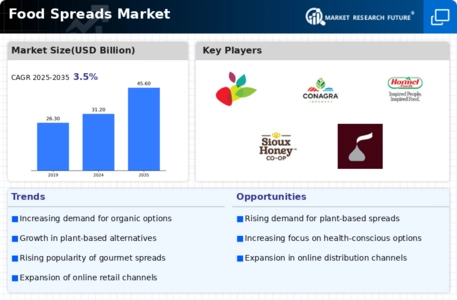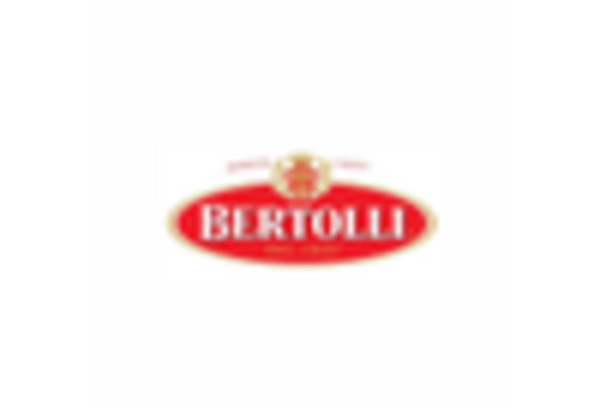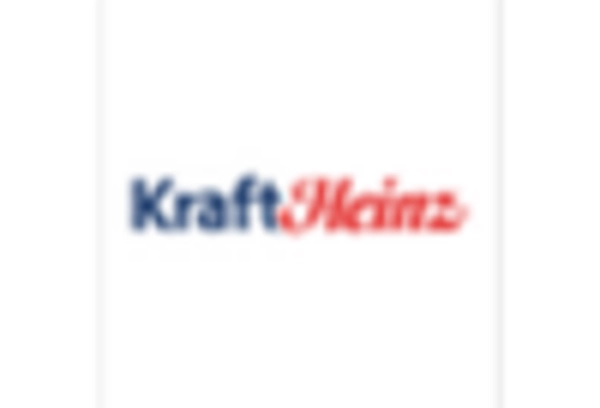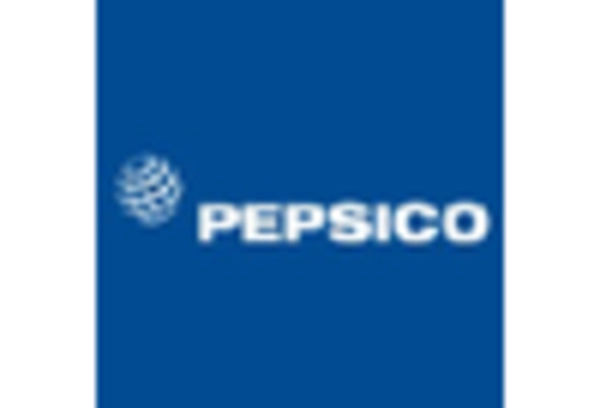Market Analysis
In-depth Analysis of Food Spreads Market Industry Landscape
The food spreads market is a dynamic landscape shaped by an interplay of factors that range from evolving consumer preferences and health-conscious choices to cultural influences and innovative product offerings. Food spreads have transcended their traditional roles, expanding into diverse flavors, textures, and ingredients as they have become ubiquitous on breakfast tables worldwide. Understanding the market dynamics provides insights into the forces driving this ever-evolving sector of the food industry.
One of the main drivers contributing to the growth of the food spreads market has been increased demand for convenience and versatility in choosing foods. Fast paced lifestyles and changing eating habits have popularized spreads as a quick alternative for breakfasts, snacks or even cooking experiments. Convenience combined with an array of flavors make it a stocking staple targeting ease of use seekers who want to have a gastronomic wonderland at home.
Health consciousness is one of the major influencers shaping market dynamics in food spreads. As consumers become more mindful about what they eat there is increasing demand for spreads that are aligned with health goals such as nut butters, plant-based spread alternatives or reduced sugar/salt contents. The market reacts to these demands by offering an increasingly wide choice options directed at various dietary needs such as gluten-free diets or organic and non-GMO products.
Cultural diversity plays a pivotal role in influencing the flavors and varieties found in the food spreads market. Different regions contribute to enriched tapestry of spreads unique in both preparation methods, flavor profiles, ingredients used among other characteristics found within these regions. Global tastes concerning peanut butter fruit jams up to chocolate hazelnut spreading like tahini provide all over world experience thus enabling any buyer take culinary journey without leaving his/her place.
Innovation is a driving force in the food spreads market with manufacturers constantly exploring new ingredients; flavors as well as packaging solutions. The introduction of gourmet versions, artisanal alternatives as well as limited editions adds some excitement thereby encouraging customers to try out different options thereby encouraging them to explore and experiment with different options. Packaging innovations such as single serve packs and biodegradable materials also contribute to this dynamism by meeting the evolving needs of consumers and aligning with sustainability practices.
The rise of plant-based diets has significantly impacted the market dynamics of food spreads. Plant-based spreads made from nuts, seeds and fruits have become popular among people looking for cruelty-free and eco-friendly alternatives. In addition, this movement has not only expanded the available range of spreads but has also resulted in a shift towards natural and wholesome ingredients which further affects customer preferences.
The retail landscape and online channels contribute to the accessibility and visibility of food spreads. A variety of supermarkets, specialty stores as well as e-commerce platforms provide users with multiple choices helping them to decide on best spreads that fit their tastes or dietary requirements. Advertising approaches such as promotions, branding, reviews posted online are crucial in curving consumer preferences thus determining where they should make their purchases within an environment characterized by stiff competition.
The food spreads market is heavily influenced by brand loyalty, which is why it usually comes as no surprise when established brands take full advantage of the quality and taste for which they have become known. However, these new entrants are offering disruptive product offerings that meet the changing tastes of consumers. Trust and brand loyalty are built on authenticity, transparent ingredient sourcing, and commitment to social and environmental responsibility in this competitive landscape.
Consumer behavior in the food spreads market has also been affected by social media influence and changes in food trends. Food spread flavors suitable for Instagram photographs, nice looking packages and unique combinations contribute to viral trends that trigger consumer interest. Through these platforms, brands can showcase their products to consumers while keeping up with their preferences.

















Leave a Comment